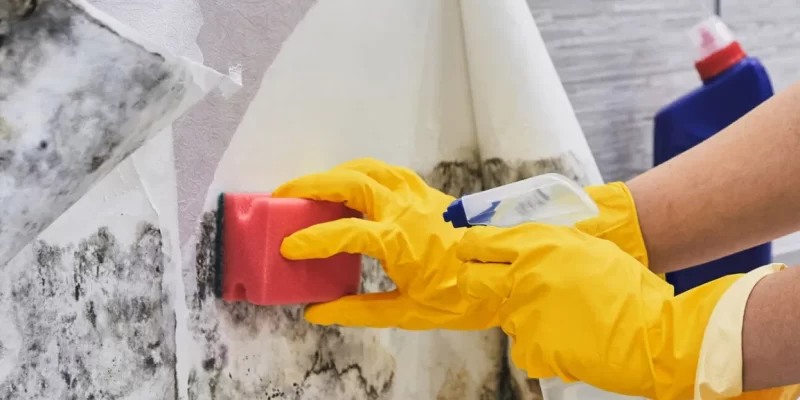According to water damage restoration Suffolk County, the consequences of mold, mildew, and rot can be devastating to your home, but there are steps you can take to avoid them. From protecting your floors from water to de-laminating electrical devices, here are some things to consider.
Mold growth
If you’ve had any water damage to your home, you’ve likely heard of mold. It’s a common problem that can cause major structural problems and even health issues. Mold is only sometimes visible, but it’s a good idea to watch for signs of growth.
Mold can grow on practically any moist surface. This includes wood, carpet, tile, and even paper. So the key to mold prevention is to keep things dry.
In addition, water damage can lead to excess moisture in the air. A dehumidifier is an excellent way to control the air’s moisture.
Although there is a window between the time you’ve experienced water damage and the appearance of mold, it’s essential to take action quickly to avoid further damage to your property. Unfortunately, basements, attics, and bathrooms are some of the most common places for mold to grow.
Rotting of wood
Wood rot is a type of damage that may affect the structural integrity of your home. While most people know a leaky roof can cause it, it can also happen in other areas of your home. In addition to causing structural damage, wood rot can lead to cosmetic problems.
Although it can devastate your home, wood rot can be treated. If you suspect your home has the condition, you should seek the help of a professional. Not only will they determine the cause, but they will likely be able to repair it for you.
The most common signs of rot include visible cracking and splitting and a weakened structural framework. In addition, wood rot is caused by excess moisture in the wood.
Swelling of composite woods
One of the most significant phenomena in wood composites is water absorption. Therefore, several studies have been conducted on the effects of relative humidity and structure on the rate of swelling of composites.
The hygroscopic properties of natural fibers are known to increase the ability of composites to absorb water. In addition, the hydrophilic nature of cellulosic materials allows composites to absorb large amounts of moisture. Thus, understanding the mechanism of wood swelling is vital for the design of new wood-based nanomaterials.
In this study, the hygroscopic thickness swelling model was developed and applied to evaluate the effect of ambient conditions on the thickness swelling rate of wood fiber/polymer composites. For various composites, relative humidity, temperature, and the amount of resin were investigated.
Coverage for water damage claims
If you file a water damage claim, you should check with your insurance company about its exclusions. Most policies will exclude flooding, gradual erosion, sinkholes, and other causes of water damage. You may need to add an endorsement or increase the amount of coverage you have.
Water leaks in your home can cause significant damage. It can also corrode pipes, drain lines, and cast iron pipes. These damages can affect your personal property, such as carpets, furniture, and appliances.
Having a regular meeting with your agent can help you ensure your policy covers the things you need to be protected. In addition, some insurance companies offer specialized policies for specific risks. Finally, depending on your state, your state case law will determine the types of exclusions you can expect from your water damage restoration Suffolk County procedure.
